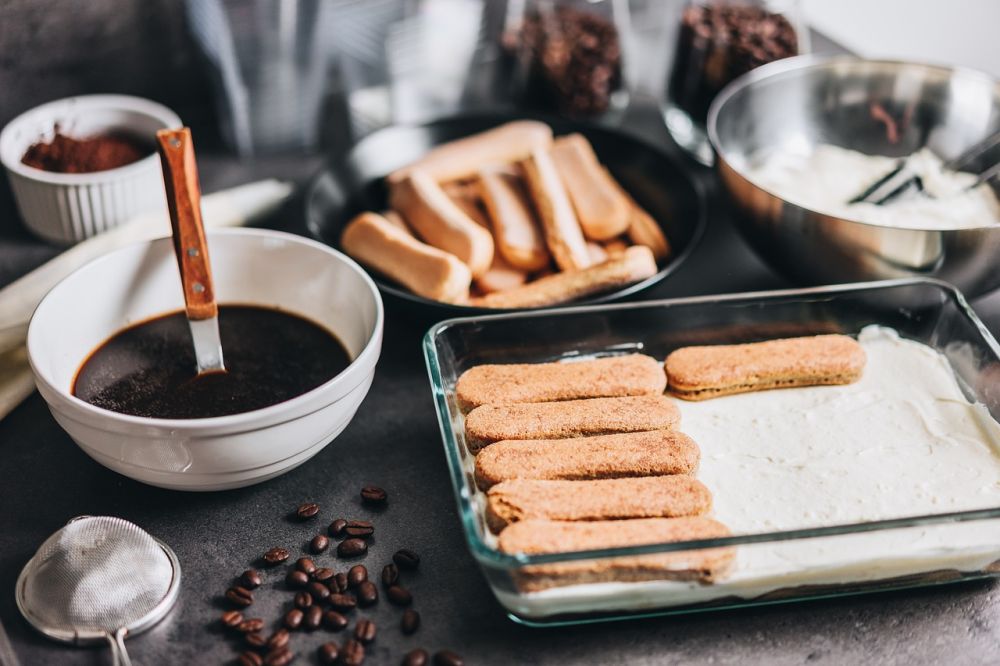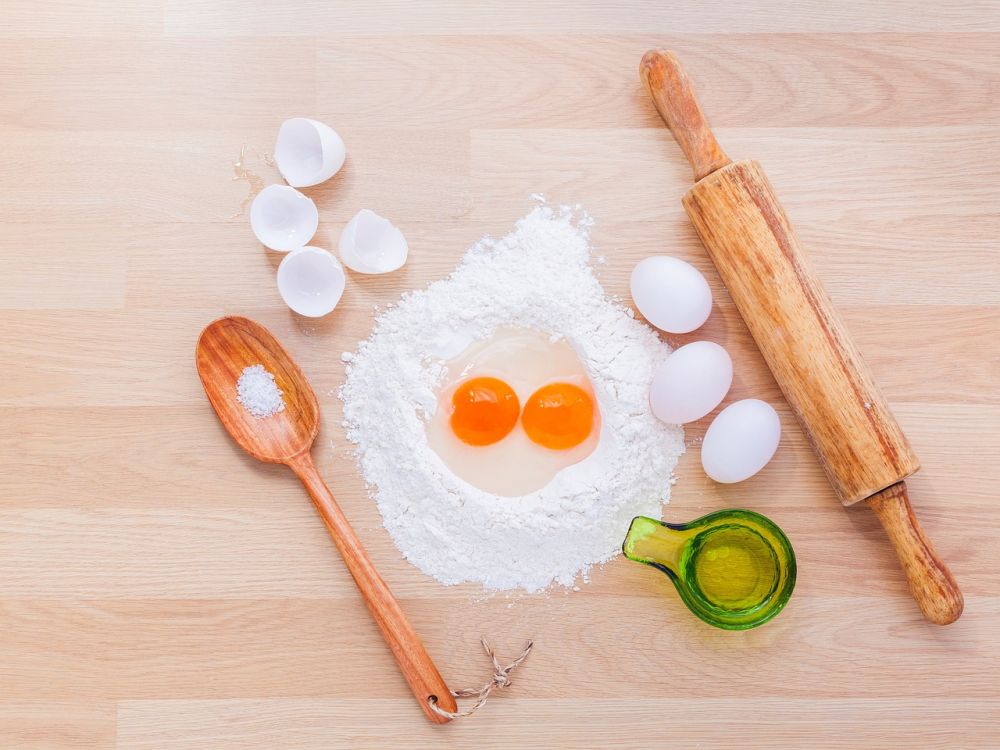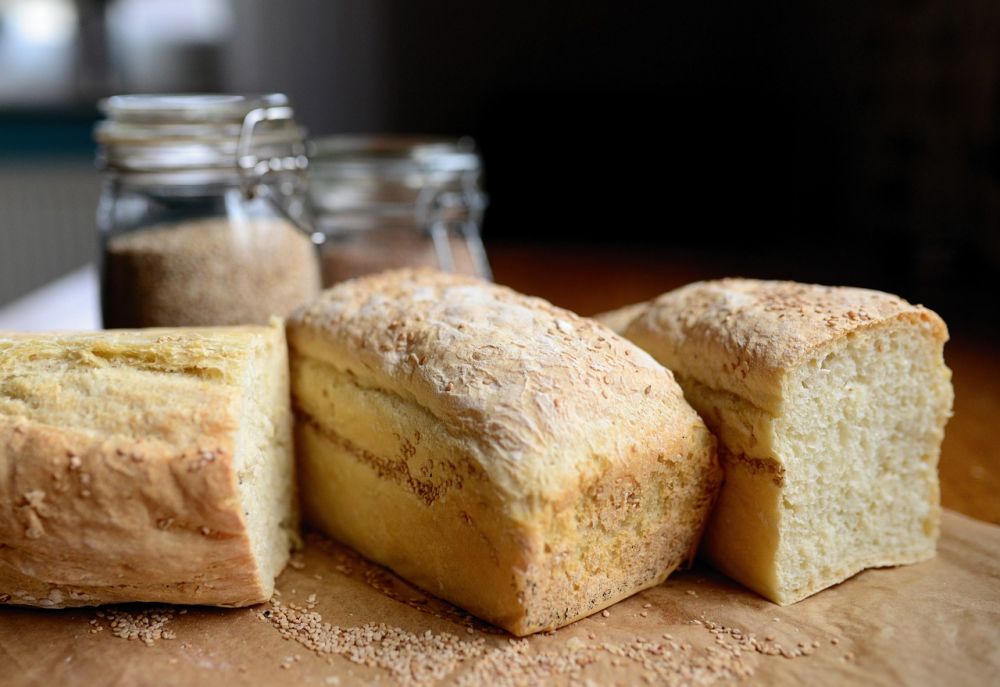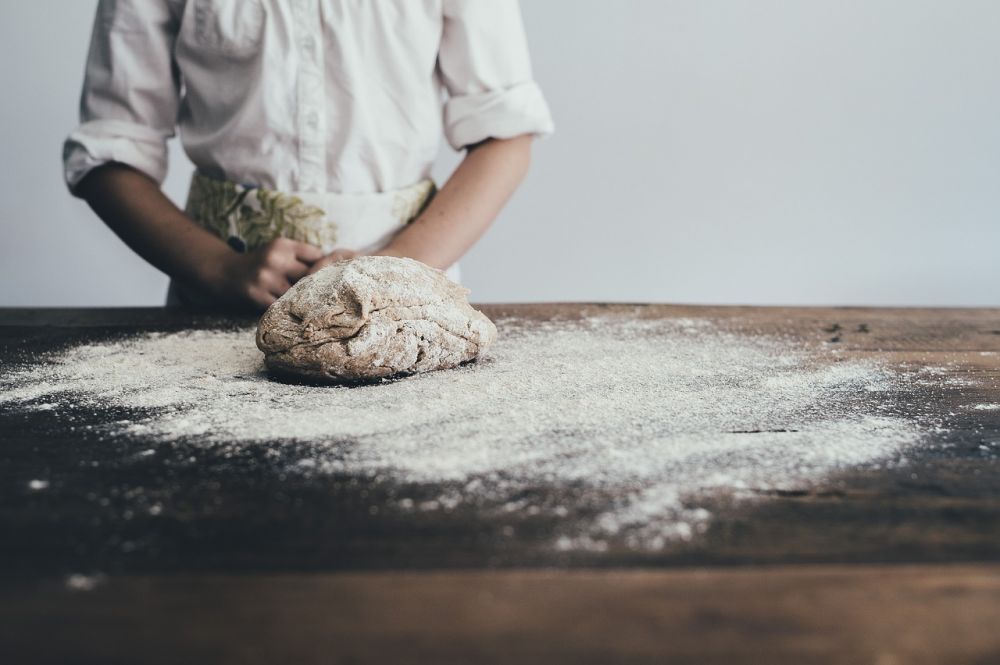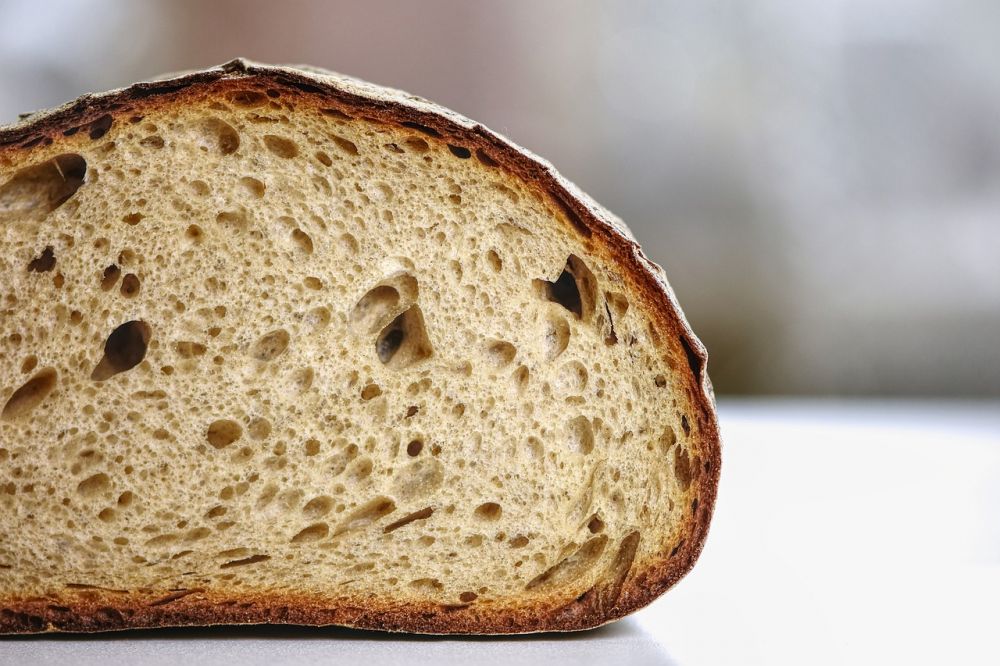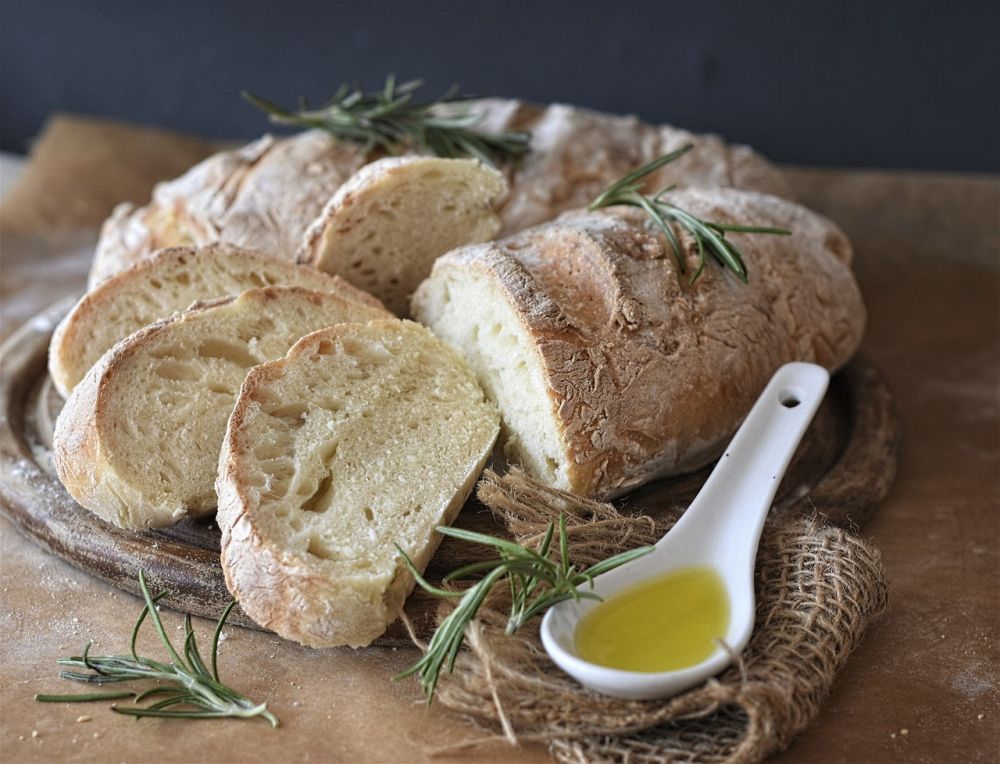Bake Bread: The Art and Science Behind Every Loaf
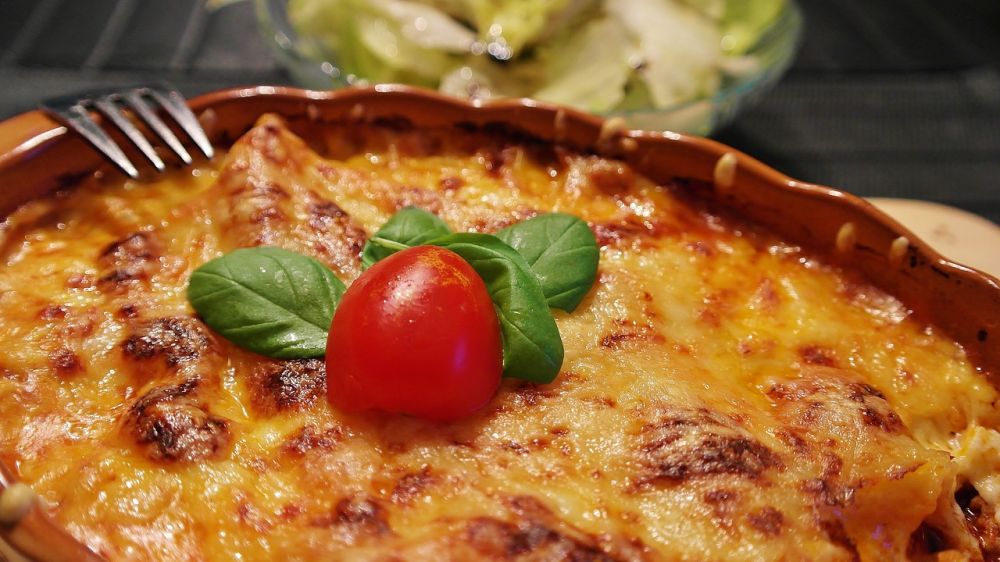
Introduction:
Bread has been a staple food for centuries, providing sustenance and satisfaction to people around the world. In this comprehensive article, we delve into the world of baking bread, exploring its various types, techniques, and historical significance. Whether you are an experienced baker or a novice in the kitchen, this article aims to enlighten and inspire you to embark on your baking journey.
Understanding the Basics of Bread Baking
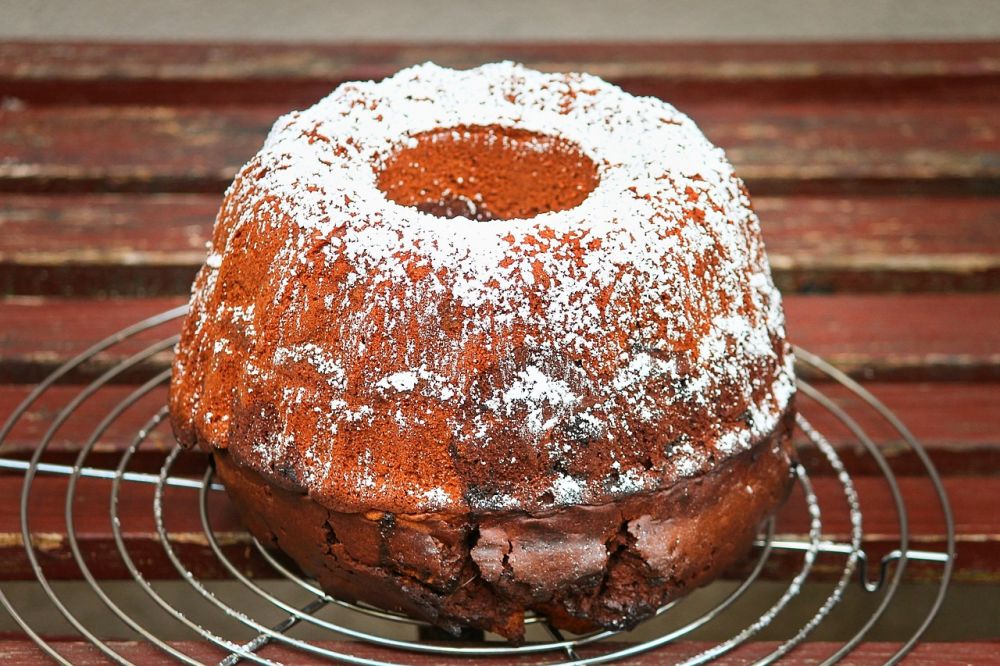
Baking bread is a combination of art and science. It involves the transformation of simple ingredients – flour, water, yeast, and salt – into a delicious and nourishing loaf. The process begins with mixing the ingredients to form a dough, followed by kneading to develop gluten, fermentation to allow the dough to rise, shaping the dough into the desired form, and finally baking it to achieve a golden crust.
Exploring Different Types of Bread
Bread comes in a myriad of forms and flavors, each with its unique characteristics and cultural significance. Some popular varieties include:
1. Sourdoug Sourdough bread is made using a naturally fermented starter, which gives it a tangy flavor and a chewy texture. It has gained popularity in recent years due to its perceived health benefits and distinctive taste.
2. Whole Wheat: Whole wheat bread is made from flour that retains the bran and germ, resulting in a higher nutritional content and a denser texture. It is often favored by those seeking a healthier alternative to white bread.
3. Baguette: Originating from France, the baguette is a long, thin loaf with a crisp crust and a soft, airy interior. It is a staple in French cuisine and is often used for sandwiches or served alongside soups and stews.
4. Ciabatta: Hailing from Italy, ciabatta is characterized by its irregular shape, open crumb structure, and chewy texture. It is perfect for making paninis or serving with olive oil and balsamic vinegar.
Quantitative Measures in Bread Baking
Baking bread involves precise measurements to ensure consistent results. Key quantitative measurements and ratios include:
1. Hydration: The hydration level refers to the ratio of water to flour in the dough. It plays a crucial role in determining the texture and moistness of the final loaf.
2. Baker’s Percentage: Baker’s percentage is a method of expressing ingredients’ proportions relative to the total weight of flour used. It allows bakers to easily adjust recipes and maintain consistency.
3. Proofing Time and Temperature: The proofing stage, where the dough undergoes its final rising, is influenced by time and temperature. Longer proofing times at lower temperatures can enhance flavor development, while shorter proofing times at higher temperatures result in quicker fermentation.
4. Oven Temperature: The right oven temperature is essential for achieving a perfectly baked loaf. Different types of bread require specific temperatures to promote proper rise and crust development.
Exploring the Differences in Bread Varieties
Each type of bread possesses unique characteristics that set it apart from others. These differences can be attributed to factors such as:
1. Flour Type: Different flours, such as all-purpose, bread flour, or rye flour, have distinct protein levels, affecting gluten development and overall texture.
2. Fermentation Methods: Fermentation can be achieved through various techniques, including natural sourdough culture or commercial yeast. Each method imparts specific flavors and textures to the bread.
3. Shaping and Scoring: The way a loaf is shaped and scored before baking influences its appearance, structure, and crust development. Variations in shaping techniques can result in different loaf shapes, such as round boules or oblong batards.
Historical Overview of the Pros and Cons of Different Bread Types
Throughout history, bread has evolved alongside human civilization. Different bread types have distinct advantages and disadvantages:
1. Traditional Yeast Bread: Traditional yeast bread, made with commercial yeast, allows for shorter preparation and rising times, making it convenient for daily consumption. However, it lacks the depth of flavor and complexity found in naturally fermented bread.
2. Sourdough Bread: Sourdough bread, with its naturally fermented starter, offers a longer fermentation process, resulting in enhanced flavor, improved digestion, and potential health benefits. However, it requires time and careful maintenance of the sourdough culture.
3. Gluten-Free Bread: As awareness of gluten intolerance grows, gluten-free bread has gained popularity. While it provides an alternative for those with dietary restrictions, it can be challenging to achieve the desired texture and flavor without gluten.
Conclusion:
Baking bread is a rewarding and intricate process that combines science, art, and history. Whether you prefer the tangy aroma of sourdough or the crusty bite of a baguette, the world of baking offers endless opportunities to explore and indulge in the pleasures of homemade bread. So, roll up your sleeves, dust off your apron, and join the countless home bakers who have found solace and satisfaction in the art of baking bread. Happy baking!
